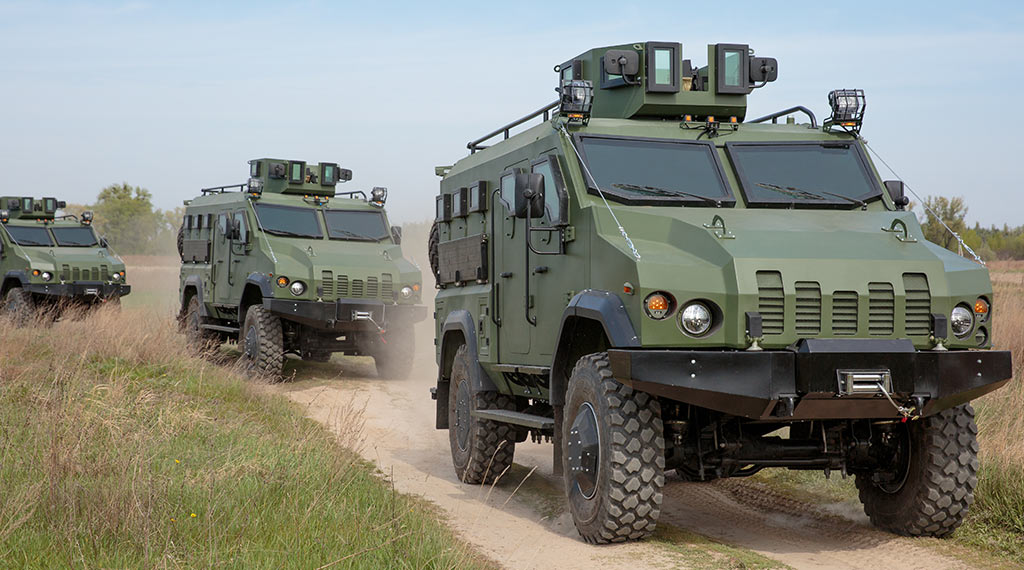
Military drones have evolved mightily from the cameras hung on model airplanes that were introduced in the early 1980s. They are now used for battlefield intelligence, reconnaissance, and surveillance (ISR), early warning, troop support including search and rescue, and attacking enemy assets.
As the Russian invasion of Ukraine grinds on, drones could soon be deployed for another use. A new generation of drone-based acoustic sensors may provide an important response to what appears to be a significant upgrade in Russia’s passive sensor system for locating Ukrainian artillery far from the immediate battlefield and thus hard to destroy.
Called “Penicillin,” the new Russian system combines acoustic sensors, thermal imaging and seismic detectors. It replaces an older passive sensor system (AZK-7M/1B33M), of which the Ukrainians have a derivative (RAZK).
Russian sources claim Penicillin is having a devastating effect by letting Russian forces accurately target Ukrainian long-range artillery from great distances. Ukraine’s artillery, say the Russians, is being steadily eroded while its airpower is being diminished. This is backed up by Ukraine’s continued requests to the West for more long-range artillery.
In the meantime, Russia seems capable of protecting its own artillery far from the front line. Air defenses coupled with jamming and electronic warfare capabilities are poised against the US-supplied counter-battery radars that are used to locate and target Russian artillery.
Just this week, Russia said it had destroyed two US counter-battery radars – one a tactical system and the other a longer-range system. Counter-battery radars can easily be detected when they are turned on; passive systems cannot be easily located, nor can they be jammed.
Like the Russians, the US and its allies and friends have passive acoustic sensors – those are not new. They were first proposed before World War I, and the first patent on a system was filed by German Army Captain Leo Lowenstein in 1913. They were used during both world wars and in Sarajevo, Iraq and elsewhere before Ukraine.
Acoustic systems are not accurate at long distances. The British-developed HALO (Hostile Artillery Locating) system has a claimed accuracy of only 50 to 100 meters under ideal conditions, meaning that hitting an enemy artillery piece far away is a matter of some luck.
- Europe makes missiles for Patriots as Israel retires them - May 9, 2024
- Israel’s attack on Iran: What we know so far - April 23, 2024
- Apply Israel-Iran lessons to Taiwan - April 18, 2024
